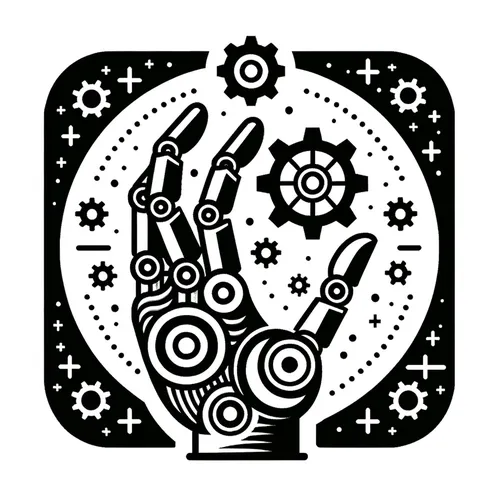Robots Steal Jobs & Hearts: AI's Seductive Rise in Manufacturing, Agriculture, and Beyond!
- Author
- Quiet. Please
- Published
- Sat 22 Mar 2025
- Episode Link
- https://www.spreaker.com/episode/robots-steal-jobs-hearts-ai-s-seductive-rise-in-manufacturing-agriculture-and-beyond--65029618
This is you Robotics Industry Insider: AI & Automation News podcast.
As we approach the end of March 2025, the robotics and automation industry continues to push boundaries, with AI integration driving unprecedented advancements. A recent breakthrough in machine learning algorithms has enabled industrial robots to adapt to new tasks in real-time, significantly reducing production line downtime. This development, spearheaded by a collaboration between a leading robotics firm and a renowned AI research institute, promises to revolutionize manufacturing flexibility.
In the automotive sector, a major car manufacturer has successfully implemented a fleet of collaborative robots equipped with advanced vision systems, allowing them to work alongside human employees with enhanced safety and efficiency. This integration has reportedly increased production output by 30% while reducing workplace injuries by 50%.
The agriculture industry is also reaping the benefits of automation, with autonomous harvesting robots now capable of identifying and picking ripe produce with 99% accuracy. These robots, powered by sophisticated AI and equipped with delicate grippers, are addressing labor shortages and improving crop yields across various regions.
A notable acquisition in the robotics space saw a prominent industrial automation company purchase a startup specializing in edge computing for robotics applications. This strategic move aims to enhance real-time decision-making capabilities in complex manufacturing environments.
Recent market data from the International Federation of Robotics indicates that global robot installations are expected to grow by 15% annually over the next three years, with the Asia-Pacific region leading adoption rates. The collaborative robot segment, in particular, is projected to experience a 25% compound annual growth rate through 2028.
For industry professionals, staying ahead of these rapid advancements requires a focus on continuous learning and upskilling. Practical steps include investing in AI and machine learning training for existing staff, exploring partnerships with technology providers, and conducting small-scale pilot projects to test new robotic solutions in specific use cases.
Looking ahead, the convergence of 5G networks, edge computing, and AI is poised to unlock new possibilities in swarm robotics and distributed automation systems. This trend towards decentralized, intelligent robotic networks could reshape industrial processes and supply chains in the coming years.
As the lines between physical and digital systems continue to blur, the robotics industry is on the cusp of a new era where adaptability, intelligence, and seamless human-machine collaboration define the future of automation. Companies that embrace these innovations and invest in the necessary infrastructure and talent will be well-positioned to lead in this rapidly evolving landscape.
For more http://www.quietplease.ai
Get the best deals https://amzn.to/3ODvOta
